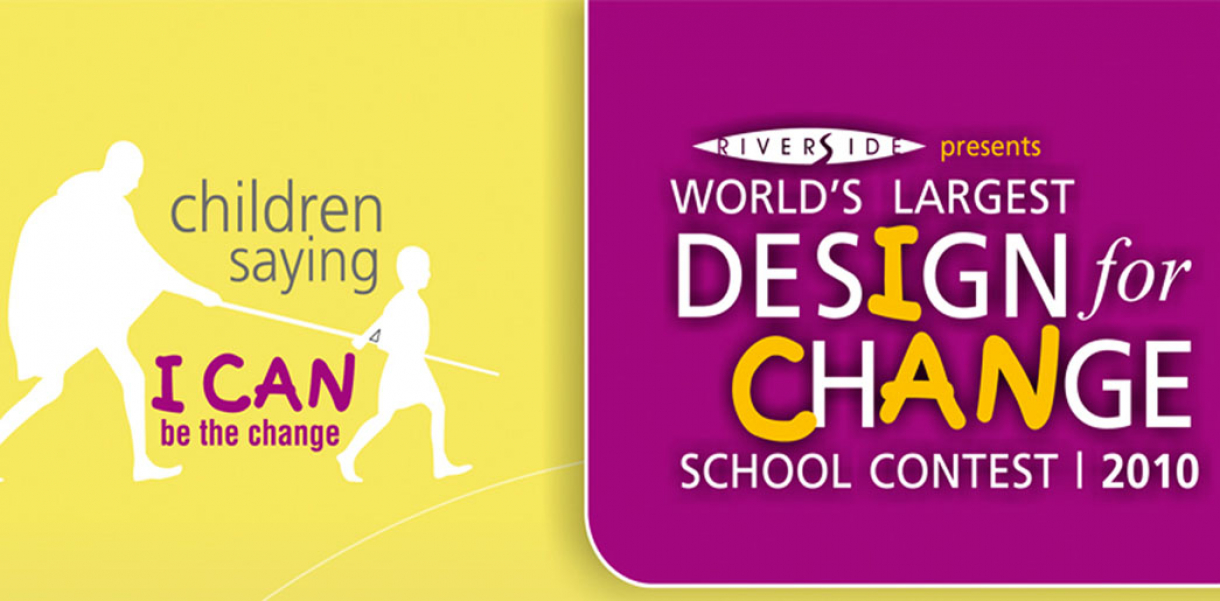What is the problem?
Citizens in today’s globalized, fast changing and knowledge based world need different skills from those needed long ago in the industrial age. Design thinking and the creative methodologies connected to this is one of the ways to establish the learning environments needed to give the coming generations the skills they need in a future we do not know what is going to look like. Kiran Bir Sethi who is the founder of Design for Change explains her position: “Design thinking allows one to invent a future that is desired, and who better to drive this change than our children. Design for Change empowers children to improve the quality of life by helping them see that they can ‘Be the Change’, and in this process, ‘Be Changed’”.
Making it in the 21st century takes skill
Though there are timeless skills and knowledge important for success in any age – language, literacy, problem solving and initiative to name a few – what was needed to be a skilled person in the 20th century differs dramatically from the expertise needed now and in the future to be a well-educated, capable and successful 21st century citizen. Kiran Bir Sethi elaborates: “When I started Riverside school 10 years ago it became a lab, a lab to prototype and refine a design. And I uncovered, that if learning is embedded in real-world context, that if you blur the boundaries between school and life, then children go through a journey, where they can see the change, enable, be changed, and then empower and lead the change. And that directly increased student wellbeing. Children became more competent and less helpless. But this was all common sense.”
Children changing the world
Design for Change developed a simple design process that enables children to become drivers of change. The process got children to feel (any issue that bothered them), imagine (a way to make it better), do (implement the act of change) and share (make it visible). This was created as a toolkit that was translated into 15 languages including Braille to make it the most inclusive movement of change to date. The toolkit included guidelines, teacher tips, an example of a “change story” and inspirations. The style of the toolkit is child-friendly and uses appealing colors. In 2011, Design for Change reached 33 countries and over 300,000 schools - inspiring hundreds of thousands of children and their teachers and parents to celebrate the fact that change is possible and that they can lead that change! “By winning the Index Award, Design for Change can now truly reach its vision of being able to infect all children with the ‘I CAN’ bug. The honor, visibility and credibility that the INDEX: Award stands for, will serve to enhance the global impact and penetration of Design for Change.”, Kiran Bin Sethi says.
“We applaud that the design of this adaptable teaching program considers the users themselves – teachers, students, by providing an easy to use downloadable, customizable toolkit”, says the INDEX: Jury
Alcohol, child labor, floods and other fun stuff
Spurred by Design for Change, children design solutions and implement acts of change for a large number of issues across the world ranging from social evils, environment improvements, education, alcohol, child labor, floods, traffic and discrimination. Not only does Design for Change impact the children, but also the teachers and communities. The children change the perception in the minds of the adults and become “drivers of change”. Design for Change is creating a curriculum for schools, using the stories as inspirational case studies, allowing the children to become role models for other children. Design for Change works on the premise that if you let children believe that they can, then they will. It is independent of age, culture, geography or language as it is fueled by the power of an idea. Design for Change believes that since children are the future, they need to be given the tools to design a better future. Design for Change is building better citizens who are concerned, proactive, aware and responsible.
Kiran Bir Sethi says about the beginning of the project: “We designed a simple toolkit, converted it into eight languages, and reached 32,000 schools. We basically gave children a very simple challenge. We said, take one idea, anything that bothers you, choose one week, and change a billion lives,”, she continues, “and they did. Stories of change poured in from all over India. Children were designing solutions for a diverse range of problems – from loneliness and filling potholes in the street to alcoholism, and 32 children even stopped 16 child marriages in Rajasthan. I mean, it was incredible. Basically again re-affirming that when adults believe in children and say, “You can, then they will.”
The INDEX: Jury says: “All over the world, there is a growing understanding of the importance of changing the old education paradigms. Societies need critical, innovative and responsible citizens. Businesses need co-workers capable of developing new and better solutions and individuals need 21st century skill sets, enabling them to reach their full potential. Design forChange addresses this challenge, while at the sametime enabling and empowering children around the world to have impact in their local communities and to be the change they want to see in the world.”
Designed by
Kiran Bir Sethi & Pranay Desai (India), 2010
Website
www.designforchangecontest.com






